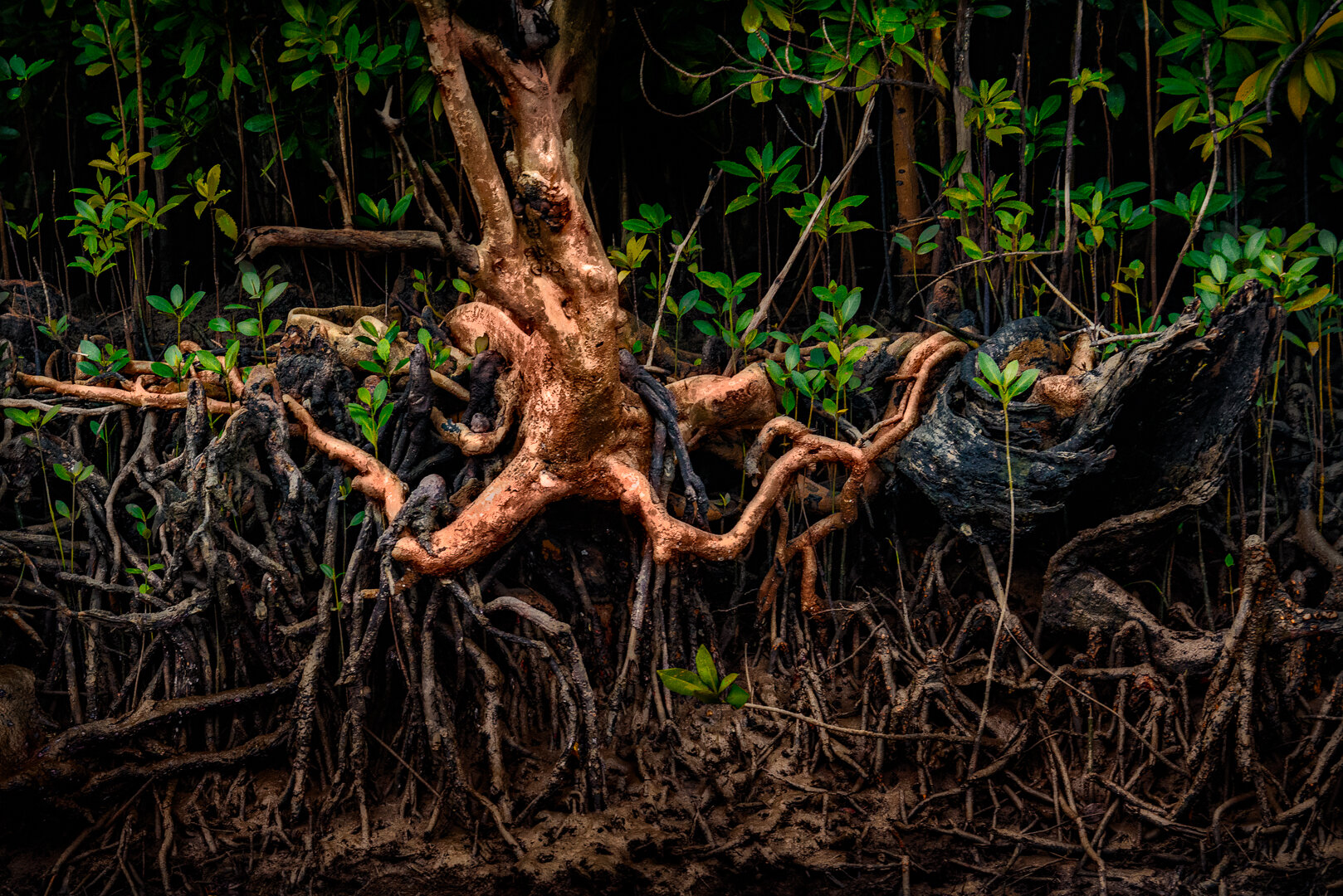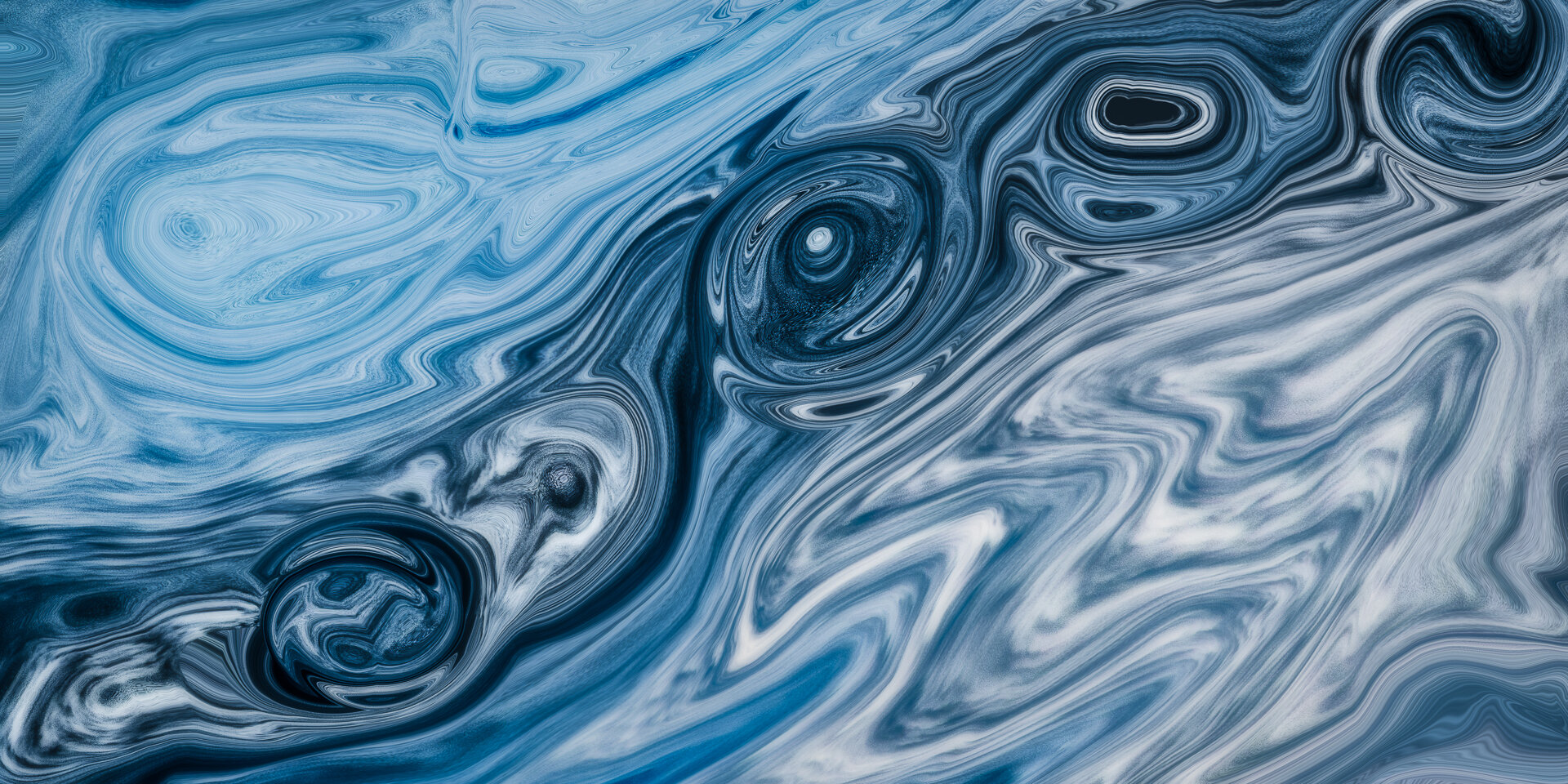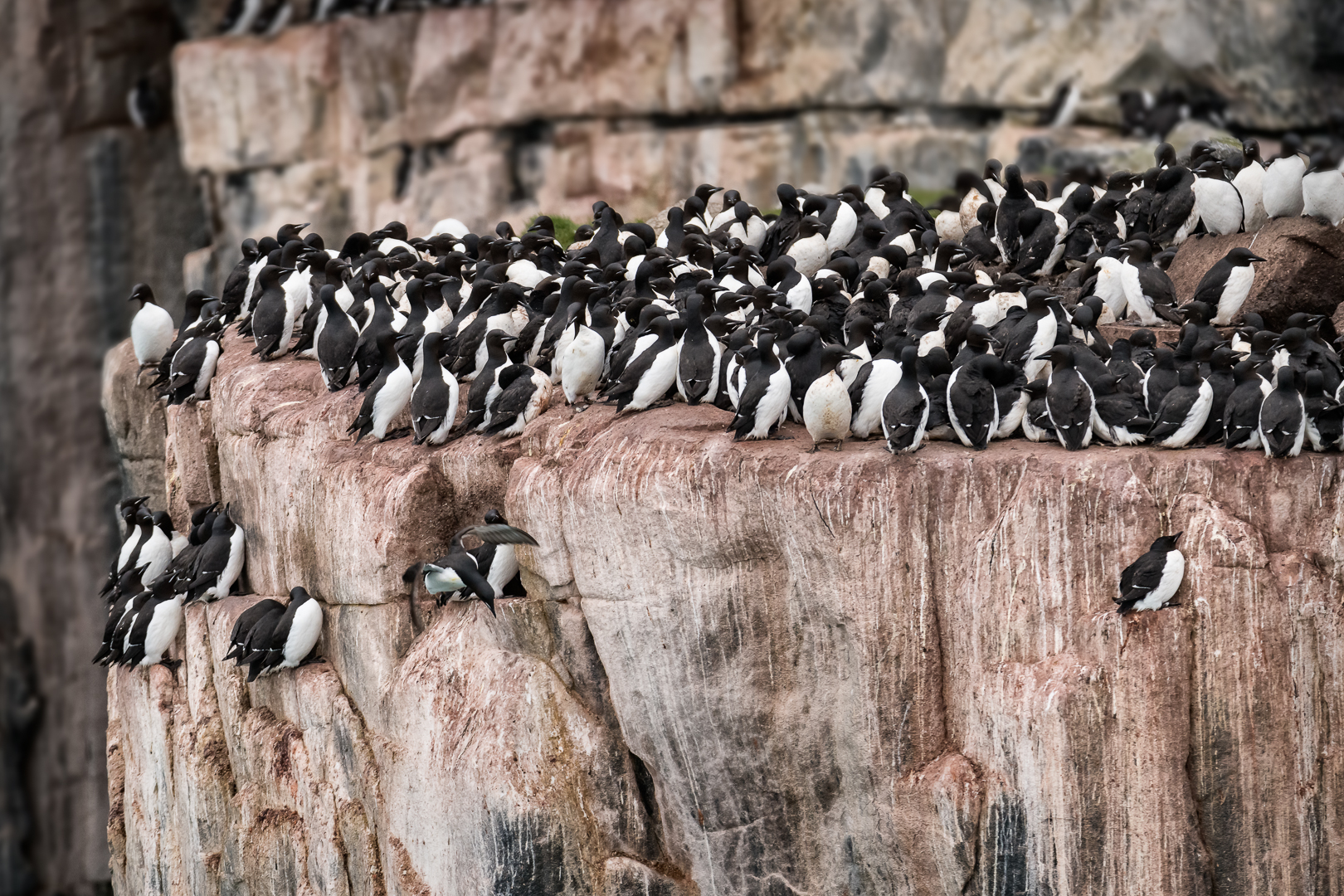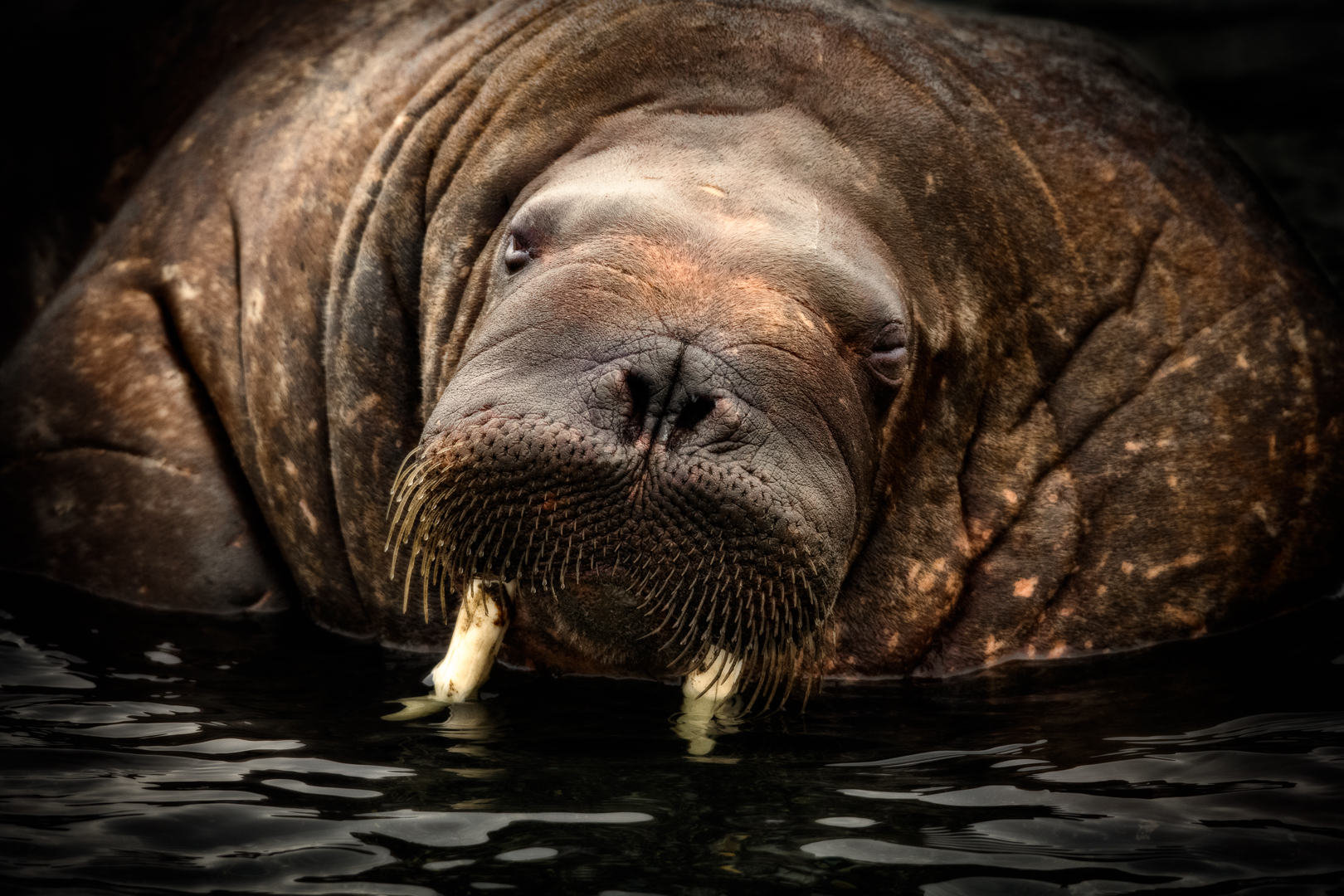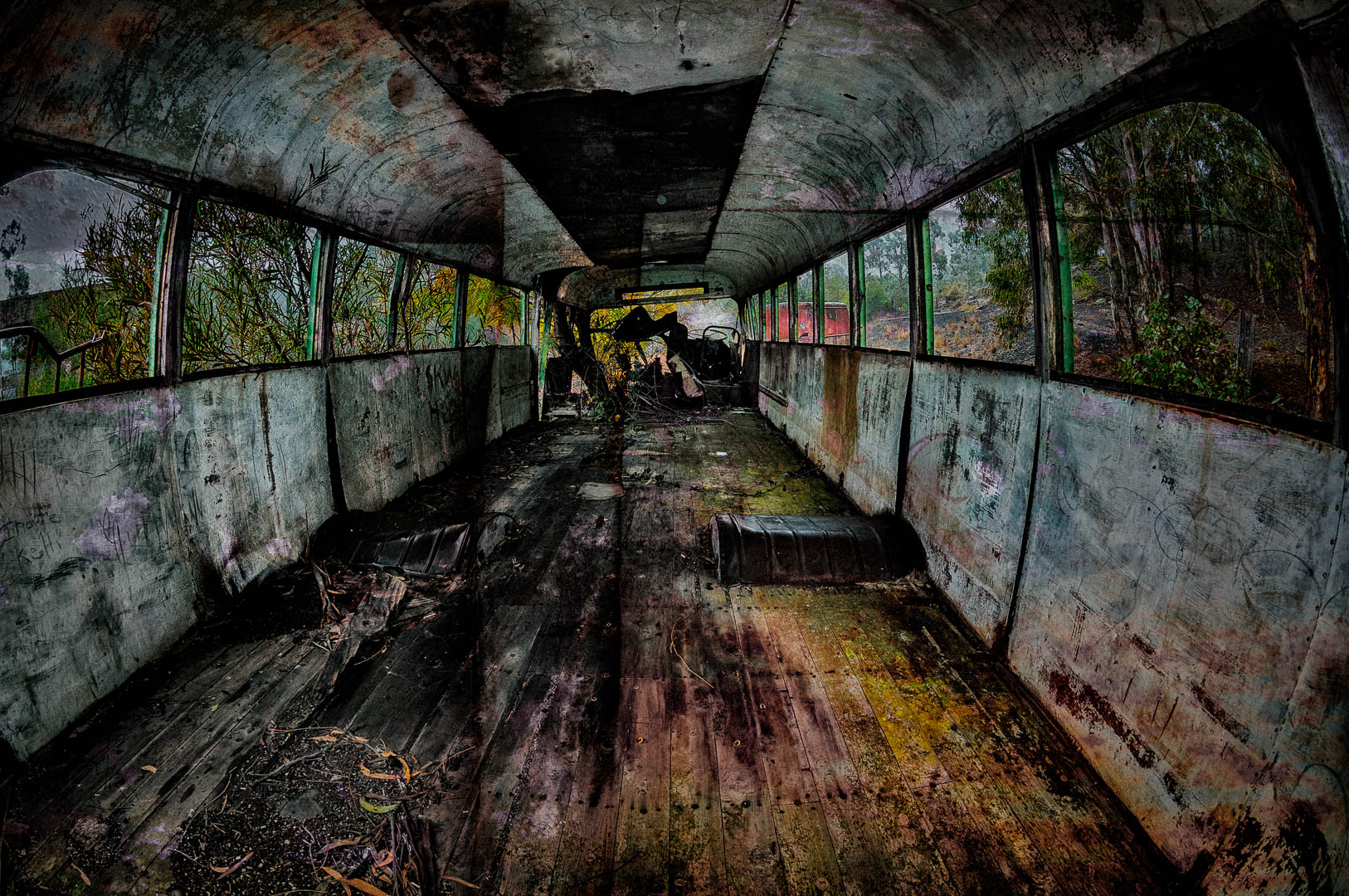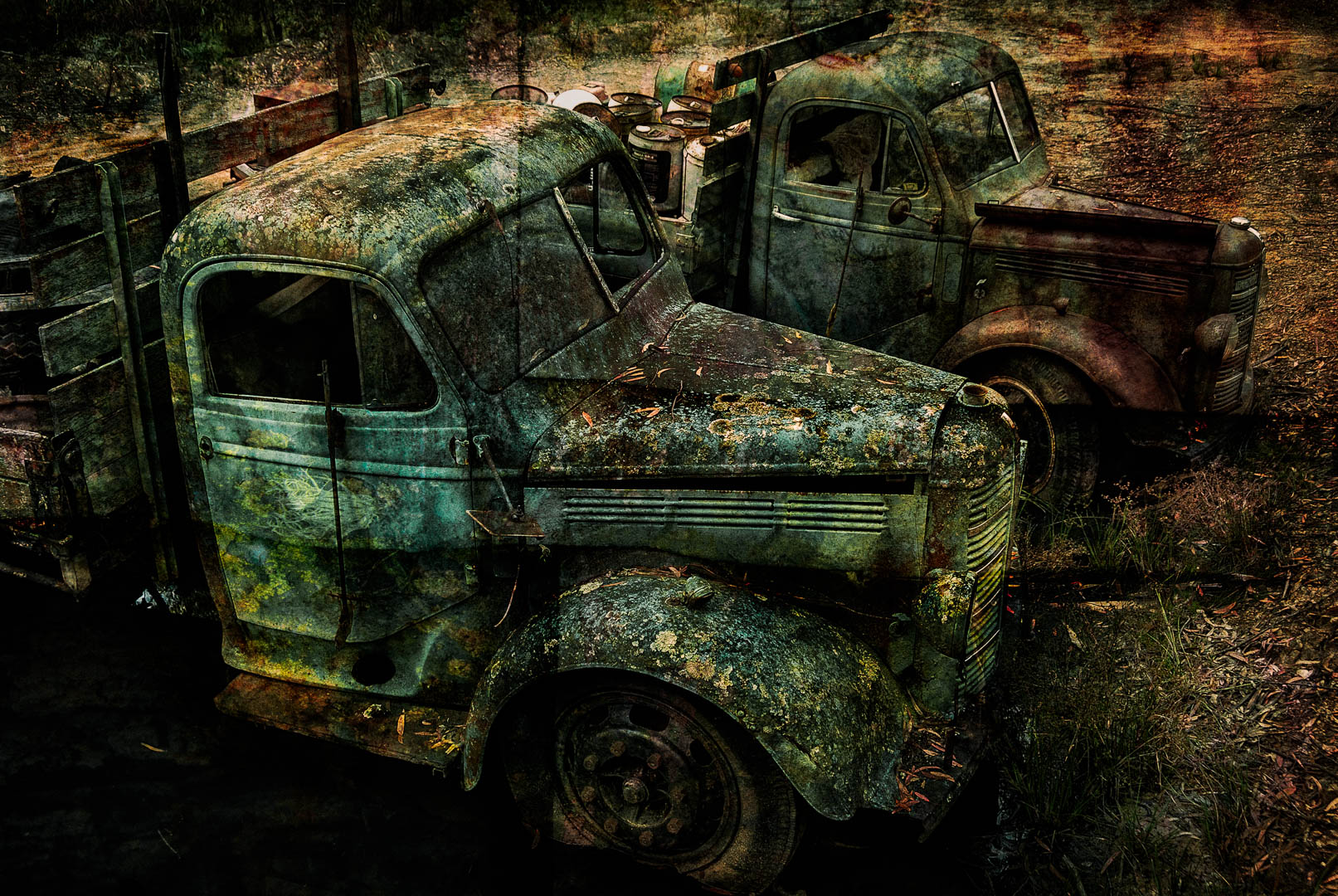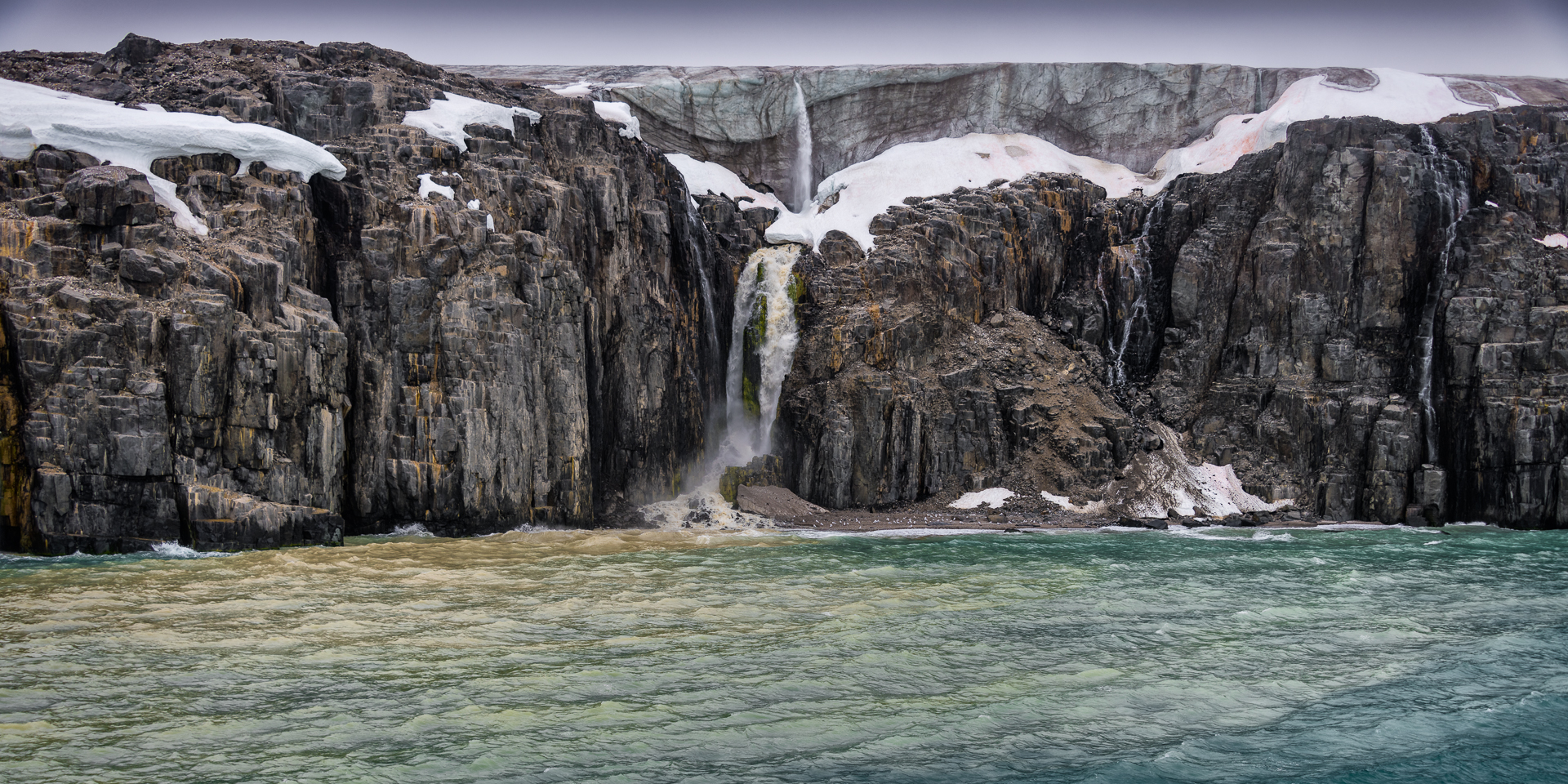
GALLERIES
Here is a collection of some recent work
EMERGING - PORTFOLIO 2019 BY MICHAEL SMYTH
As night time falls, the creatures of the forest emerge from their hiding places in the undergrowth.
These are the creatures of our childhood fantasies, the Goblins, Gremlins, Trolls and Hobgoblins, they all exist in our imagination, but what if they really were real? Where would they hide?
These beasts can only be seen when we really know how to look for them, because during daylight hours they are hiding in plain sight.
They are not benign; they are indifferent to humanity and only exist to pursue their own wants and needs. Legend tells us they are fond of playing tricks and deceiving the unwary. Beware, these creatures are dangerous!
he emerging creatures were first discovered in images made in the Tasmanian wilderness. When the first one was found, careful examination of other images revealed more of them lurking in the shadows, previously unseen. Once seen, they can never be unseen, so they are presented here for your education and to act as a warning, don’t go wandering in the forest after dark!
These are the tortured souls of our childhood nightmares
You have been warned….
THE CLOUDS OF JUPITER PORTFOLIO 2019 BY MAIVA SMYTH
Sometime earlier this year we watched a documentary that showed new images of Jupiter taken by NASA’s Juno space probe. I was struck by the incredible patterns and depth to the swirling masses of clouds and decided to make my own versions. As a trip to Jupiter was out of the question, I decided to create my own clouds, using my own images as a basis for colour and texture, then applying various amounts of Liquify in Photoshop to recreate the cyclonic weather patterns seen in the real images.
Jupiter is a Gas Giant and is racked with extreme weather in it’s gaseous surface. The most prominent feature, the Giant Red Spot is a giant cyclone that has been visible since the earliest telescopes in the 16th Century. The most recent probes have revealed these weather systems in even more detail and asked new questions about how this planet has evolved from the formation of the Solar System.
Some facts about Jupiter:
• Jupiter is the largest plant in the Solar System, 318 times more massive than Earth, or 2.5 times the combined mass of all the planets.
• Jupiter has no solid surface, it is made up of gases, mainly Hydrogen and Helium
• Jupiter is the fastest spinning plant in the Solar System
• The clouds we see at the surface are only 50km thick, made up mainly of ammonia crystals, below which it is all Hydrogen and Helium
• The Giant Red Spot is about 24,000 km across and has been observed since 1665, however it is slowly getting smaller.
• Jupiter is one of three planets that has rings, although they are very feint
• Jupiter’s magnetic field is 14 times as strong as Earth’s
• Jupiter has 67 Moons, most of which are less than 10kms across
• We have sent 7 probes to Study Jupiter since the first in 1973
• You can easily see Jupiter with the naked eye, being the third brightest object in the night sky (after Venus and the Moon), although from Sydney, due to light and atmospheric pollution, it can be quite difficult.
I hope you enjoy these images and take time to ponder the wonders of the night sky. Maiva Smyth 2019
SVALBARD AND THE HIGH ARCTIC
Svalbard is the most northerly inhabited place on Earth. It host the Northernmost town, Ny Alesund at 78.9 degrees North, puts it well within the Arctic Circle. Svalbard is known as a wildlife conservation area and is one place where a visitor can see the two iconic mammals of the North: The Polar Bear and the Walrus.
RELICS OF A FAILED STATE - IMAGES BY MICHAEL SMYTH
“Fake News” is not a new concept. Totalitarian regimes have always lied to their people through propaganda and revisionist history. In the absence of an independent and reliable media, truth is lost in the messages fed to the populace by the powerful elite.
There is a lesson for us all in understanding the lengths that governments and politicians will go to in order to preserve their position. Truth is the first victim in war.
These images are based on Communist era statues and relics from Hungary. These have been transported from their original locations and re-erected in a park dedicated to understanding the excesses of the former government. Hungary only ceased being a communist satellite in 1989, less than 30 years ago.
END OF THE ROAD
With this panel of work I am examining our relationship with technology and the relentless pressures of the consumer age.
I have used the motor vehicle as a metaphor for all of the consumer age technology that is constantly being sold to us. We are constantly being told that the newest model of car, computer, or camera is the “must have” piece of technology and that our life will not be complete or satisfying without it, so much so that the superseded model suddenly becomes yesterday’s unwanted item (who wants an iPad 2 now that the iPad 3 is out ?)
This has never been more true today with the proliferation of smartphones, iPads and other consumer electronics that are being refreshed and replaced at an alarming rate.
The flipside of all this rush to embrace new technology is the question of what happens to the discarded items ? We are told that “E-waste” is now becoming a major issue with toxic compounds and exotic materials being turned into landfill.
With “end of the Road” I am presenting a series of images of vehicles that are past their “use by” date. These were once the pride and joy of their owners, polished and cleaned with passion and pleasure. Now they are no longer loved and have been left to decay and deteriorate.
The images presented here have been presented using a bright palette of colours to reflect their early life as treasured objects. The high level of degradation has been emphasised with additional textural material to emphasise the decay and the process of absorbing these objects back into the earth that once spawned the materials used to create them
SYDNEY HARBOUR
The idea arose during a harbour cruise arranged to photograph the Sydney Flying Squadron on a Saturday afternoon. The weather was grey and overcast, making it a challenge to photograph the action on the harbour.
I began by experimenting with deliberate camera movement to try to abstract the scenes before me. After some trial and error with the amount of movement, the framing and the shutter speed, I found some images that whilst abstracted by the movement, were still nonetheless recognisable. This encouraged me to try further experiments and finally the concept expanded into a body of work.
The intention of the portfolio is to present a new and different interpretation of a familiar subject. Traditional Sydney harbour photos tend to emphasise the beauty, light and colour of the harbour as well as the activities carried out on it on any given day.
My project takes the opposite view. The harbour scenes are presented as almost colourless, dark and brooding. Objects are abstracted and reduced to simple lines and shapes. The intention is to present the harbour as a place of power, mood, atmosphere and brooding. People are not obvious in the images, although they can be implied from the yachts, buildings and structures.
It is not intended to be a happy, joyful place in this series. That is not to say that this is how I see the harbour, it is merely another interpretation that differs from the popular or “normal” vision.
The key elements of photographic language used in this series are: Abstraction, Simplification, Reduction, Ambiguity, Omission, Colour and Illusion.
The images are intended to engage the viewer by presenting a conundrum - the content is partly familiar, but yet abstracted enough so that the viewer is required to study and interpret the material presented and relate it to their previous experience of the harbour.
All images have a similar treatment both in capture and in processing. The images are connected through the subject, content and stylistic approach. Images should stand alone in their representation of different aspects of the harbour.
SNOW TREES
With this series of images I have attempted to recreate the look of Japanese woodcut drawings. By reducing the snow to paper white and printing on a textured rag paper the images take on a three dimensional appearance.





